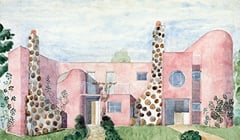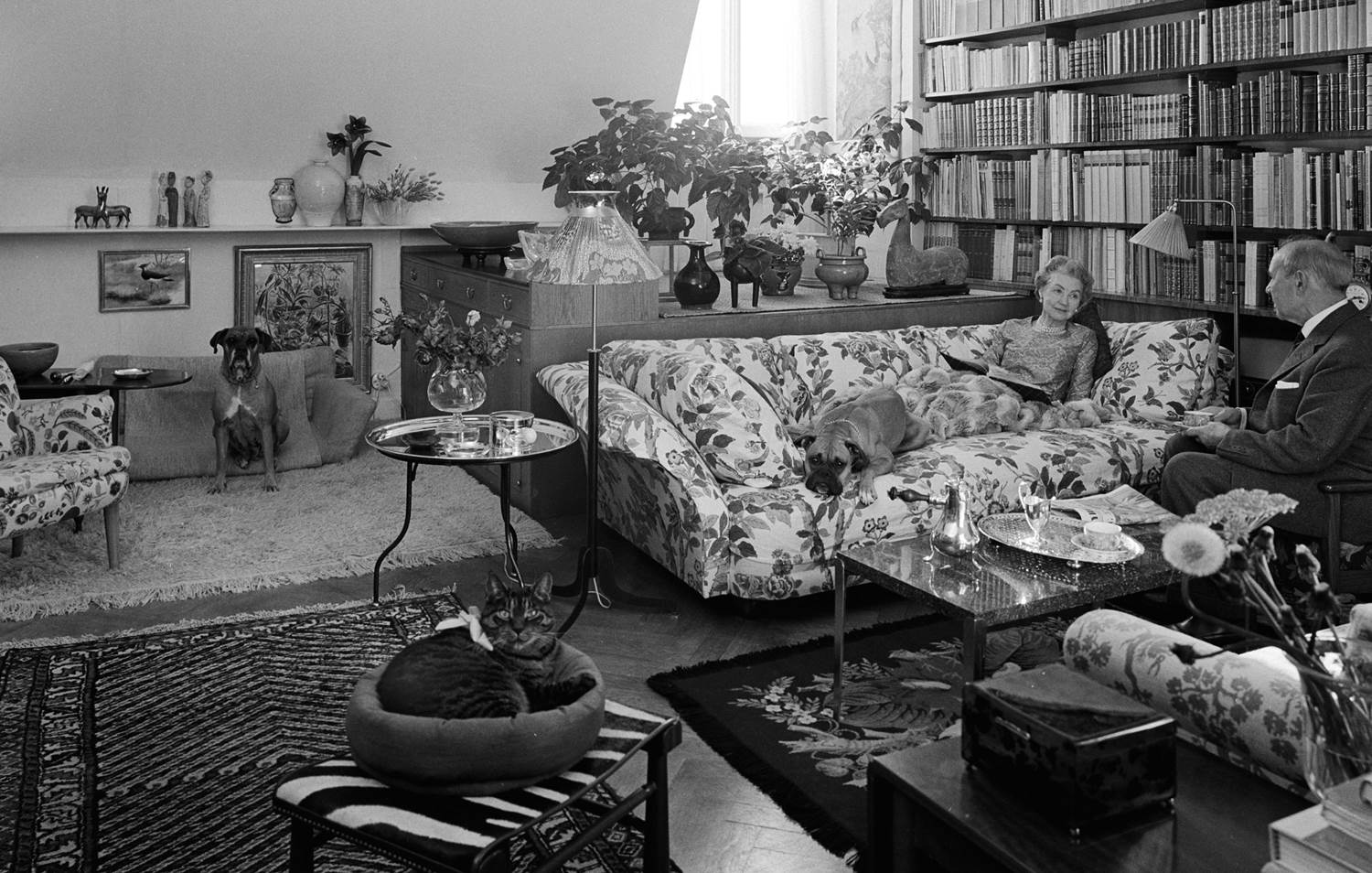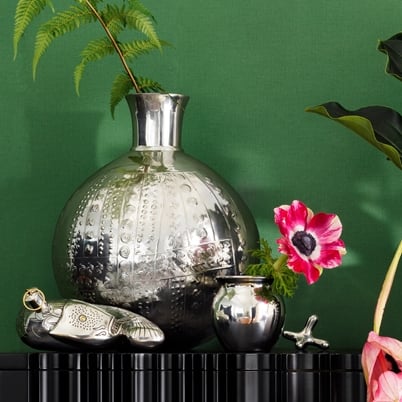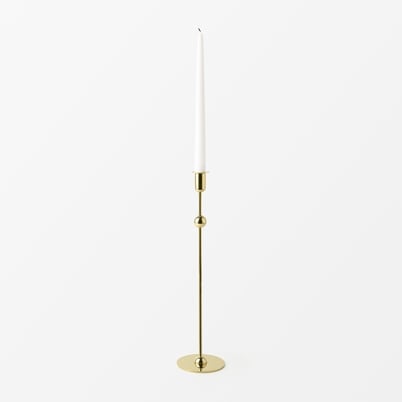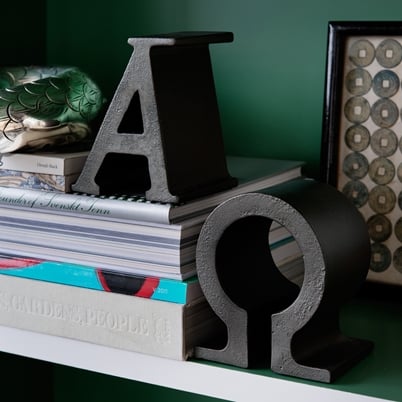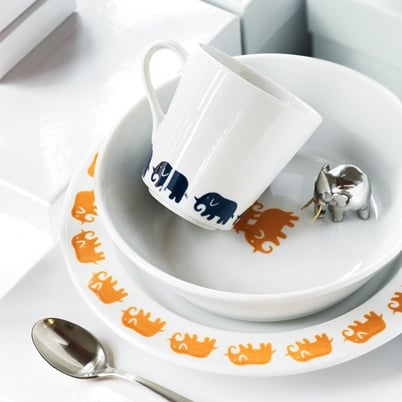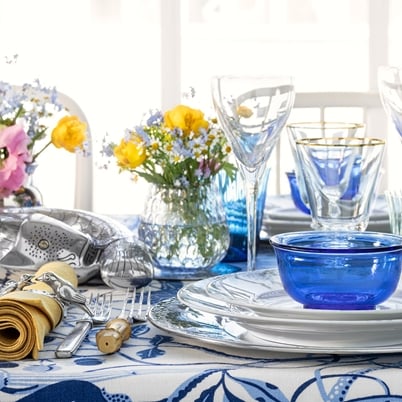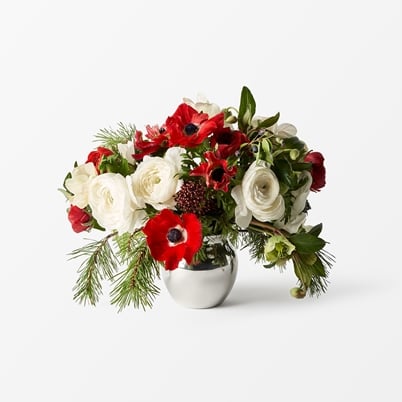Although, it was Josef Frank who designed the furniture and textiles, it was Estrid Ericson (1894 – 1981) who had the eye for how they would best come into their own. Together the two transformed the sober and objective functionalism into something soft and homey. Their version of functionalism was international and sophisticated and it included patterns, colours and objects while still managing to maintain simplicity.
- Gifts
- Josef Frank
- Textiles
-
Table setting
Back See all within Table setting
- Cutlery
- Trays
- Tablecloths & Runners
- Table setting details
- Glasses & Cups
- Jugs & Carafes
- Napkins & Napkin Holders
- Plates & Bowls
- Placemats, Trivets & Coasters
- Serving plates & Platters
- Drink Accessories
- Accessories
- Wallpaper
- Lighting
- Pewter
- Furniture
- Fashion
- Contact
- Services
- Inspiration
- Magazine
- Exhibitions
- About Svenskt Tenn
-
Country












